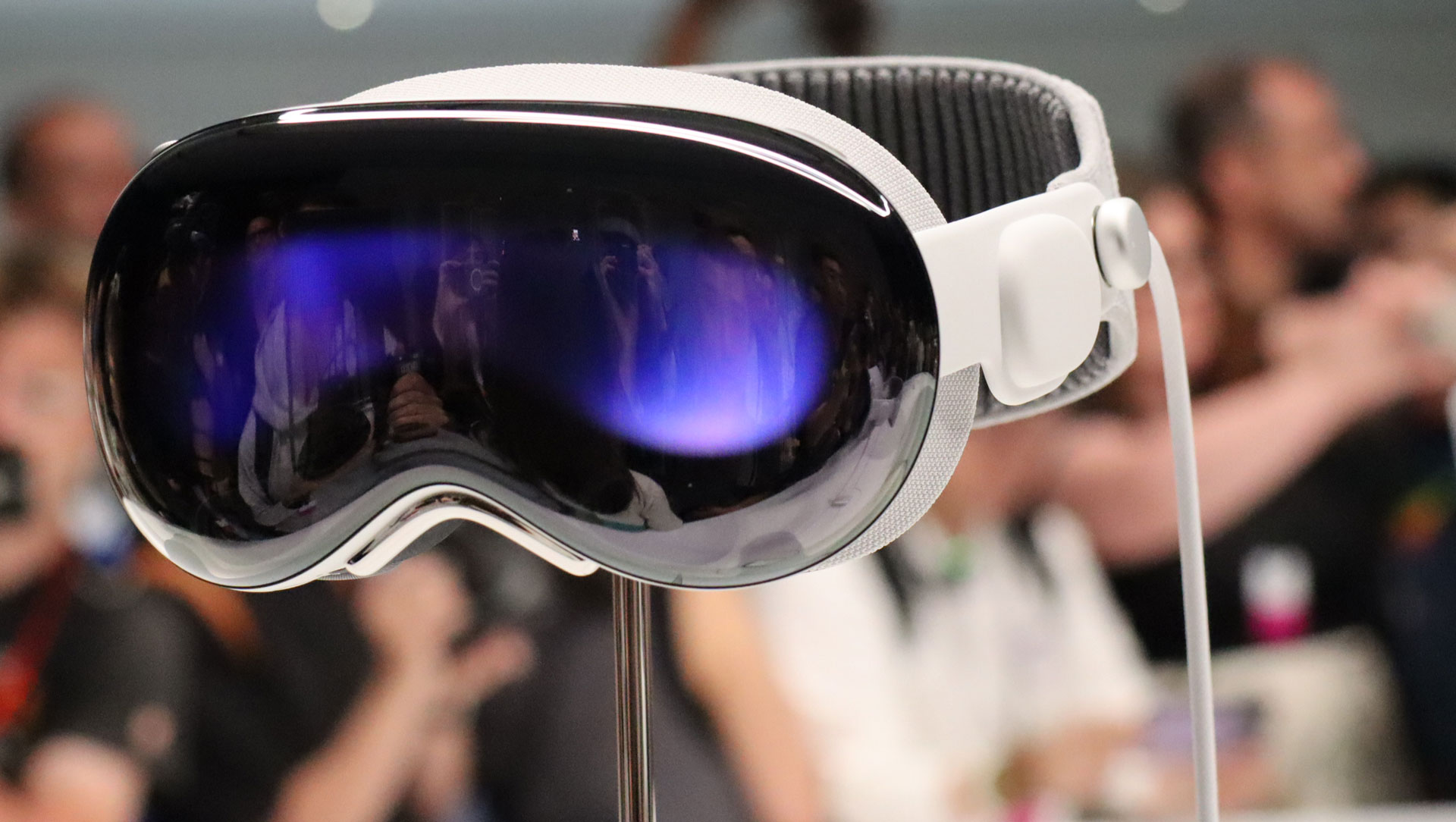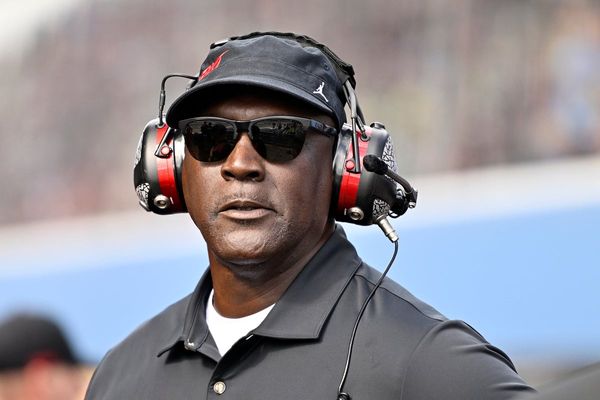
When Apple showcased its first-ever augmented reality headset – the Apple Vision Pro – at WWDC 2023 (its annual developer conference), we were only presented with a sliver of the use-cases in store for the company's new spatial computing platform, but new insights around how the iPhone 15 might help expand the headset's functionality further have now become part of the conversation.
On June 19, famed industry analyst and a reliable fount of Apple knowledge, Ming-Chi Kuo, tweeted out a series of statements on the Vision Pro and how Apple might broaden the experiences it'll be able to deliver through the power of its ecosystem.
Apple將積極升級硬體產品規格以建構更有競爭力的Vision Pro生態1. Vision Pro的成功關鍵之一在於生態,當中包括能否與其他Apple硬體產品整合,而與此相關的主要硬體規格為Wi-Fi與UWB。2. iPhone 15採用的UWB將規格升級,生產製程由16nm升級到更先進的7nm,有利近距離互動的效能提升或降低耗電。…June 19, 2023
In his post, Kuo speaks to Apple's apparent intentions of "aggressively" upgrading the hardware across its product line to better support the Vision Pro and what it has to offer, with one technology being of particular focus – Ultra Wideband (UWB).
Apple introduced UWB with the iPhone 11 series back in 2019, and the technology's primary use has been with proximity-based pairing and sharing between compatible devices through branded features like AirDrop, Handoff and beyond. It's also what allows for Precision Finding on the company's AirTag trackers.
UWB functionality in its current form is enabled by what the company has dubbed its U1 chip, and it's this that looks like it'll be getting a notable upgrade; assuming Kuo's claims ring true when the iPhone 15 launches. Apparently, Apple's U1 chip – currently built on a 16nm process – will be replaced by newer silicon, founded on a significantly more compact 7nm process; with the intention of improving performance, while also reducing power consumption.
Such an improvement could give iPhone 15 series devices an edge when it comes to sharing media and other experiences with Vision Pro in realtime, and opens up avenues for enhanced functionality built on that performance increase that other Apple hardware won't be able to support, not least because the combination and quality of the cameras and sensors on the iPhone are among the best in use across Apple's hardware portfolio.
Waiting for Wi-Fi
Kuo didn't only speak to this year's iPhone line in his latest post. The analyst also made claims about next year's anticipated iPhone 16 line, stating "[Wi-Fi 7] will be more conducive to Apple's integration of hardware products running on the same local network and provide a better ecosystem experience."
Apple's 2024 smartphones may well arrive sporting Wi-Fi 7 and more than an upgraded UWB chip, but it's this networking technology that the analyst believes will truly unite Apple's next-generation ecosystem. Read our comparison of Wi-Fi 6e vs Wi-Fi 7 for a more in-depth breakdown of the advantages Apple will likely leverage in this context (TLDR: latency and bandwidth).
There are still plenty of question marks surrounding both the hardware and software of Vision Pro ahead of its promised release in 2024, and the possibility of new connectivity options with the iPhone 15 and 16 potentially raise more questions than they answer. But perhaps once September rolls around (again, assuming Kuo's claims hold true), Apple will show us exactly how the next iPhone's enhanced UWB experience will be able to augment its Vision Pro headset.







